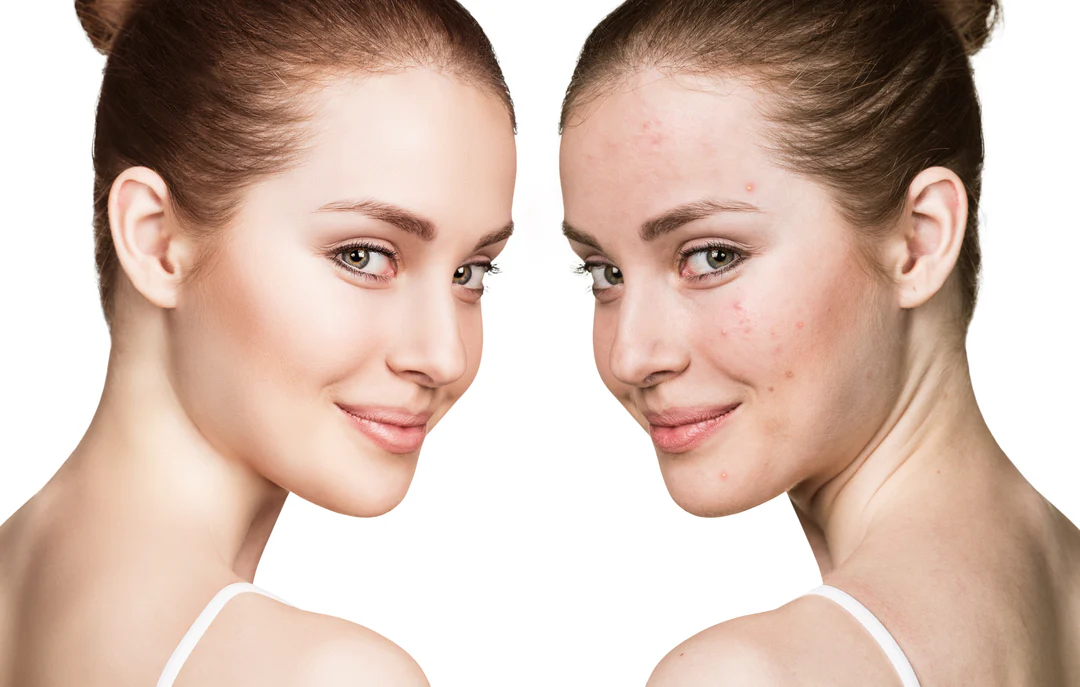Retinol is a popular ingredient in the world of skincare, especially when it comes to treating acne. Derived from vitamin A, retinol helps to unclog pores, reduce inflammation, and promote skin cell turnover. But while it can be a powerful tool in your acne-fighting routine, using it the wrong way can lead to irritation or dryness. That’s why it’s important to know how to use retinol correctly and safely.
Start with a Low Concentration
If you’re new to retinol, it’s best to begin with a low concentration—typically 0.25% or 0.5%. Your skin needs time to adjust to the active ingredient. Jumping into a higher strength too quickly can cause redness, peeling, and sensitivity. Start slow and allow your skin to build tolerance over time. Once your skin adjusts, you can gradually increase the strength if needed.
Use It at Night
Retinol breaks down in sunlight, which makes it less effective during the day. That’s why it should always be applied at night. After cleansing and drying your face, wait a few minutes, then apply a pea-sized amount of retinol to your entire face. Avoid the corners of your eyes, mouth, and nose where skin is more sensitive. Follow up with a gentle, hydrating moisturizer to help reduce potential irritation.
Start Slow and Go Gradual
When incorporating retinol into your routine, start by using it just twice a week. This gives your skin time to adapt without becoming overly irritated. If your skin tolerates it well after a couple of weeks, you can slowly increase the frequency to every other night, and eventually to nightly use if needed. Everyone’s skin is different—pay attention to how yours reacts and adjust accordingly.
Don’t Mix It with Harsh Ingredients
When using retinol, avoid combining it with other strong actives like benzoyl peroxide, alpha hydroxy acids (AHAs), or exfoliating scrubs. These can overly dry or irritate your skin. If you’re using products with these ingredients, alternate their use on different nights or consult with a dermatologist to create a safe routine. Keeping your skincare simple when starting retinol can help minimize unwanted reactions.
Always Wear Sunscreen During the Day
Retinol makes your skin more sensitive to sunlight, which increases the risk of sunburn and damage. That’s why daily sunscreen use is non-negotiable. Even on cloudy days, apply a broad-spectrum SPF 30 or higher to protect your skin. Sunscreen not only helps prevent irritation from sun exposure, but also supports the effectiveness of your acne treatment.
Be Patient and Consistent
Retinol is not a quick fix—it can take several weeks to start seeing visible results, and up to three months for significant improvement in acne. The key is consistency and patience. Some initial dryness or purging (where breakouts temporarily worsen) is normal, but it usually subsides as your skin adjusts. Stick with it, keep your routine simple, and give your skin time to reap the long-term benefits of retinol.
